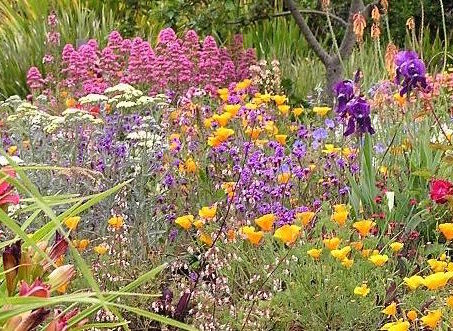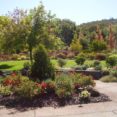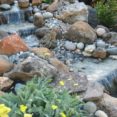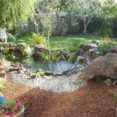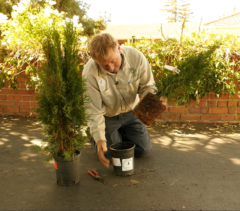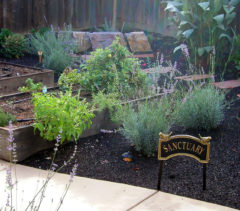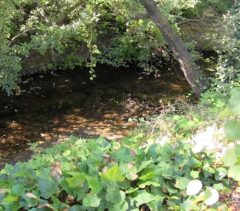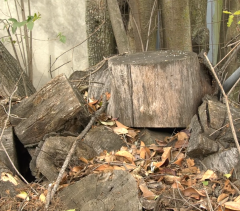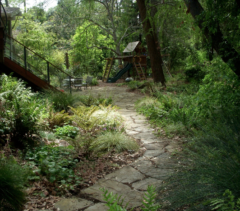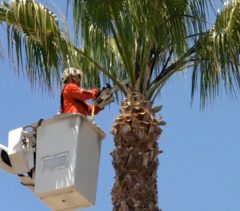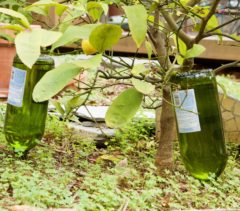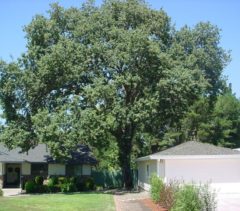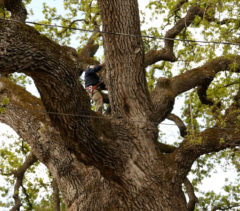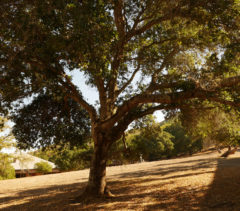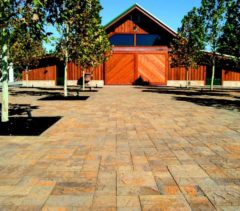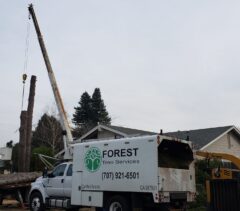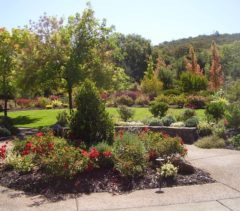
Cause for Hope: Understanding the Landscape Recovery Process Following the North Bay Fires
SANTA ROSA — In addition to the lost homes and businesses, large portions of the landscapes in Napa and Sonoma Counties were destroyed by the recent North Bay fires, including both private and public areas. However, despite the current desolate appearance of the once-lush North Bay countryside, there is cause for hope—hope that nature can, and will, reverse the damage.
For example, many of the large trees that now appear singed and stressed out will survive and return to their former health. Even if their trunks and branches were badly damaged, most trees’ roots have likely been spared because they’re situated safely underground. In a few months, the winter rains will rejuvenate these roots and, in turn, revitalize the trees.
For this reason, if any trees on your property were damaged in the fire, don’t remove them unless you’re absolutely sure they’re gone. You can check this by peeling back their bark and observing the cambium layer beneath. If you see green or light-colored growth, that’s a good sign. With some judicious pruning and trimming, there’s a good chance you’ll be able to save your trees.
This isn’t the only example of how nature will reverse the damage sustained by the landscape. In areas where the fires decimated much of the vegetative growth, the absence of shade will allow the soil to receive full sunlight exposure. This, combined with the winter rains, will result in a flurry of vegetative growth come spring and a resurgence of many native plants.
Wildlife will also play a role in the landscape’s recovery. The insects will do their part by eating the dead wood and ash left by the fire. The thriving insect population will provide the animals, now returning home or coming out of hiding, with plenty to eat in lieu of the missing foliage. So, even if the landscape seems deserted now, you can expect to see many signs of life in the coming months.
While the destruction wrought by the North Bay fires is heartbreaking, there’s going to be a lot of restoration and rebirth in these areas. It may take some time, but then again, it may happen quicker than you expect. So, be patient. Don’t make any rash decisions about your landscape. Wait to see what the spring brings. In any case, one thing is for certain: The North Bay will regain its former beauty once again.
